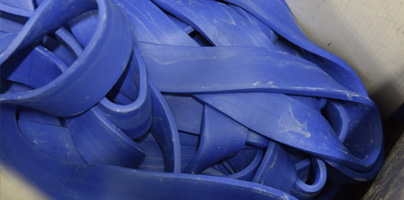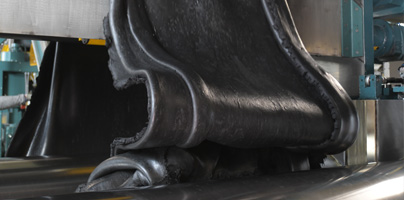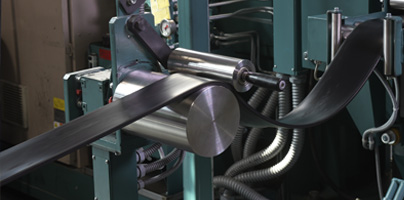Rubber
Selecting the best elastomer for an application requires a thorough understanding of the end-use conditions and performance requirements. Rely on our material expertise for advanced rubber compounds that meet your unique demands. Our integrated production capabilities offer numerous benefits, including:
- Control over all aspects of the material development process
- Faster turnaround times
- High customization
- Increased responsiveness
- Superior quality
We can develop materials to meet most major industry standards including: AAMA, ASTM, DIN, FDA, JIS, NSF, MIL, Reach, RoHS, SAE, UL & more.






